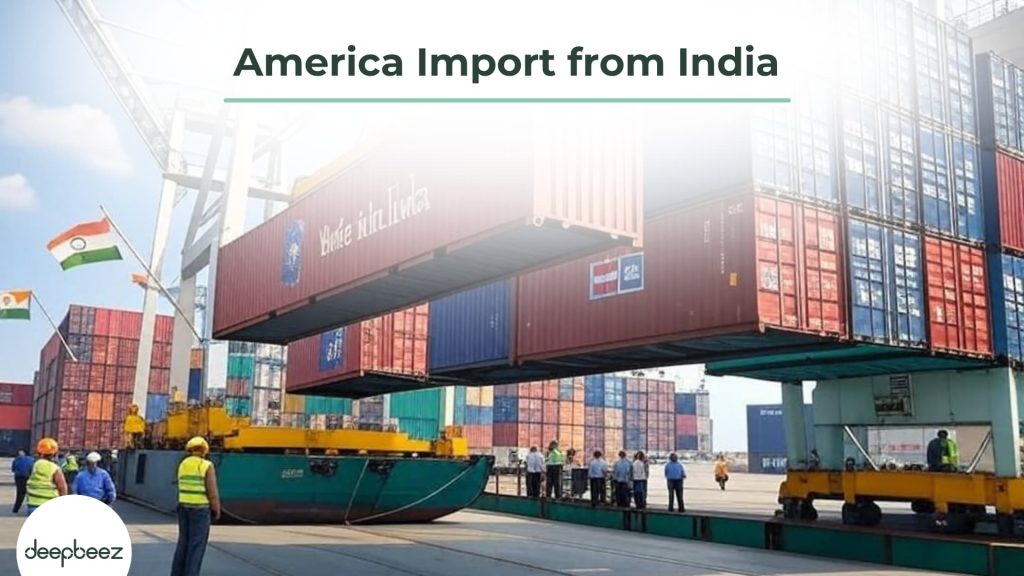Are you looking to tap into one of the most lucrative export markets for Indian businesses? The United States continues to be India’s largest trading partner, offering immense opportunities for companies ready to expand their global footprint. If you’re considering importing goods into the United States, it’s essential to first understand America’s top imports. Without this useful information, you’re probably going to face many unwanted challenges.
